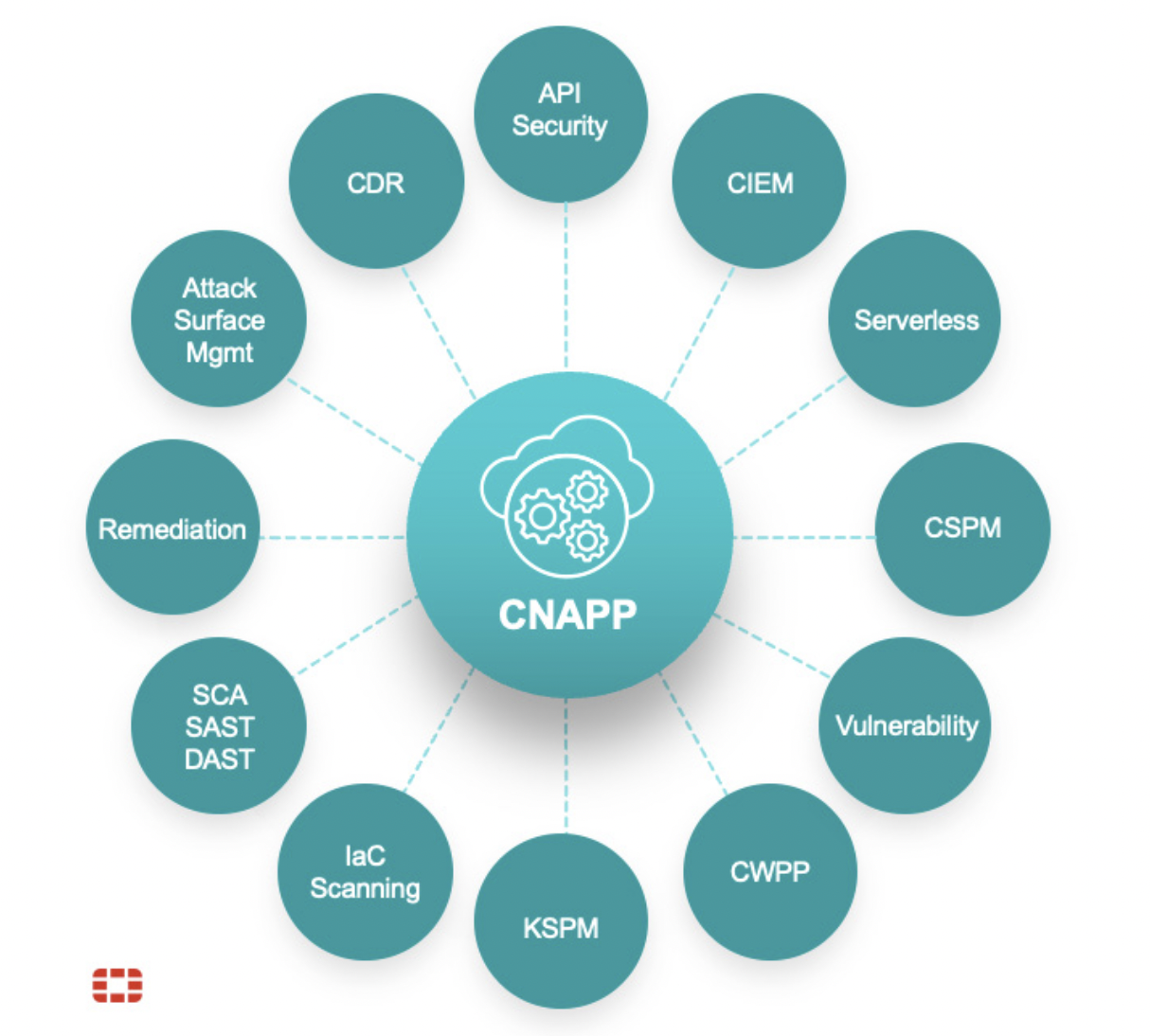When I look at your work, I see of glimpses of intimacy — at times they are absurd or cause discomfort, but the intention is earnest. What do you want your work to do, to evoke in a viewer or participant?
My partner once looked at my work and told me he thought my work was about awkwardness. I didn’t agree with him at first but then I realized somehow he was on point. I’m interested in setting up situations that force participants to feel intimate with me or with the subject in a very restrictive frame. Sometimes participants can only share a limited time of intimacy, sometimes they can only hear scattered intimate stories and so on. I guess adding limitations on these forced interaction is to 1. protect the participants (or myself) 2. The relationships I constructed are only temporal, therefore the intensity (of intimacy) becomes even stronger.
Storytelling seems to be an important component in Attachment and A Little Umbrella II. In both performances, they are fragmentary narratives. Why do you choose to use these isolated moments and fractions of stories in your performances?
As I mentioned a bit previously, I think to use fragmentary narratives is to protect the original narrators in someway. Moreover, the reason I combined isolated stories is to intentionally carry on multiple personas to confuse the audience a bit (Attachment), to tell that a person/the performance is never from a single person but it is an accumulation of many. In A Little Umbrella II, I asked the audience to share an unpleasant story with me. Storytelling is a crucial component in this piece, but the act of sharing (almost a secret) is even more important.
What appeals to you about sharing secrets with strangers? In a way, it reminds me of Sophie Calle’s work — the way she shares her break-up letter, etc. Is it the shared humanity — how we feel, like a break-up, while so ordinary is also so consuming and completely soul-crushing. Is it the feeling of recreating a situation for empathy? Or what is it about secrets, do you think?
Dear Jennifer, I think your question leads me to realms that I haven’t immersed myself in enough. Let me share something with you first: I was doing a residency in Lisbon one summer, I wanted to take walks with locals but there weren’t any because it was August. My friend, Sanaz then suggested, “why don’t you follow people instead, kind of like Sophie Calle?” And that was what I did, I stalked 10 people and during the final talk, I whispered stalked stories into a few audiences’ ears. So what is it about secrets and what is it about sharing secrets? For me, right now, the answer would be secrets are factual/ fictional/ observations/ imaginations; and sharing them individually resembles telling custom-made stories to people one by one. These customize stories are a bit different each time, they are half fake and half real. But in the end, what isn’t half fake and half real?
Objects act as a connector, metaphor, or sometimes it creates a special space. In Attachment, gloves act as a bridge to connect the participant and me, but at the same time, gloves remain the obstacle between the two. In A Little Umbrella, the hot pink umbrella forms an intimate zone for the audience and me. We are in a secretive space that is half closed but half opened.I’d like to mention the colors of objects: in Attachment the reason was a bit silly because I was wearing all green so I wanted the gloves to be green as well; having an umbrella over people’s head, especially holding umbrellas indoors represents bad luck, using the color hot pink I wish to add some joyful atmosphere to the situation.
I feel like your photo montages are similar to the common objects used in your performances — scenes of daily life, taken on a disposable camera. They remind me of family albums filled with grainy photos. How do you gather a series together, such as in There or in Intimacy — About It and Her and Them?
I’m also still thinking of this question myself, how do I gather a series together…
Recently I came to a temporal conclusion that maybe all of my photos are the same series. To group series out of them is kind of a way to post pauses on this lifelong process. Hopefully these pauses can soon be a photobook…
You utilize both photography, video, and performance. How do you choose which medium fits which project best?
I am not much a maker like you, Jennifer. Photography, video and performance are mediums that I am more familiar with. Sometimes I will use them all in one project and decide what fits best depending on the outcome.
I was thinking a lot about different relationships and tension that happened between two individuals. I know relationship is such a vague and broad word. To try to be a bit more specific, for example, the biting pair tended to portray friendship/love relationship/family connection between two women. For me, womanhood interaction is a lot about this love-and-hate tension.The two female performers were leaving bite marks on each other’s bodies, and biting was such an intimate act, it was about feeling the sensation and yet feeling the pain. The outlining pair was trying to synchronize with each other, hugging pair was an endeavor to be close, dancing pair would never look at each other…
I wanted each pair to function as perpetual sculptures. They were each in their endless cycle.
It was my first time collaborating with so many performers in 5 Pairs. It was perhaps also the first time that my own body was not in the piece. In 5 Pairs, my role is more of a dictator than a director. I asked the performers to try different movements for me during rehearsals.In the end, I gave the performers clear directions to interact with one another. I relied heavily on their ability of improvisation. For me, I’m still learning what does it mean to collaborate with others. Of course, it is different for every group or pair. My performers made me feel secure and free, however, I still sensed the responsibilities I created for myself. 5 Pairs involved many performers, so it made sense for me to not be in it but to be in charge.
I think I am influenced a lot by my peers, including the way they think of their work and execution. At the same time, I feel my work relates to the common situation the people in our age is facing right now, but I can only speak from people who comes from or lives in similar places geographically. We are a generation that lives in a relatively more peaceful place, but at the same we are facing obstacles in very different ways, for instance, economically and politically the world around us is way distinct. It seems like we cannot do much to the real world. Therefore, I feel some artists’ work focus on themselves rather than the outside world. Artists make work about their own family history/memory/surrounding, and I see myself as one of them. I’m not saying which is better or worse, it is just how it is.I think of that feminist mantra, “the personal is political.” I think though many artists make work about themselves or their family history, that these often marginalized narratives are important, that the minute details that compose a life ought to be told. So while, yes, often art rarely seems to have a direct impact on the political/economic issues of our society, the hope is that its affect will resonate along a longer timeline, through each individual encounter with a viewer. It’s definitely hopeful… but that leads me to my next question. What do you think the role of art is? Do you think artists hold a certain responsibility?I think the role of art is to try to plant seeds in people’s hearts. It might or might not grow into something marvelous. I do think artists hold a certain responsibility.
When it is about morality, it is hard to articulate what are the limits and restrictions, but I do believe there’s a fine line. But in the end I think the most important responsibility of an artist is to be honest with oneself. Even when the artist is lying, one needs to lie in the most honest manner, if you know what I mean.
Is there a piece of advice you wish you were given when you were a younger artist?
“Don’t be afraid, don’t think too much.” This advice was actually given by our dearly missed, Barbara DeGenevieve.
Lastly, are you involved in any upcoming shows, performances, or events?
I just had a show/performance in 21st Century Museum of Contemporary Art, Kanazawa. The event is called Kanazawa Fringe, and my project involves a lot of walking with local people. I had a wonderful, fruitful, busy, and meaningful time. I’m currently looking for spaces to show or perform what I experienced with the locals in Kanazawa during my 1-month stay there.










